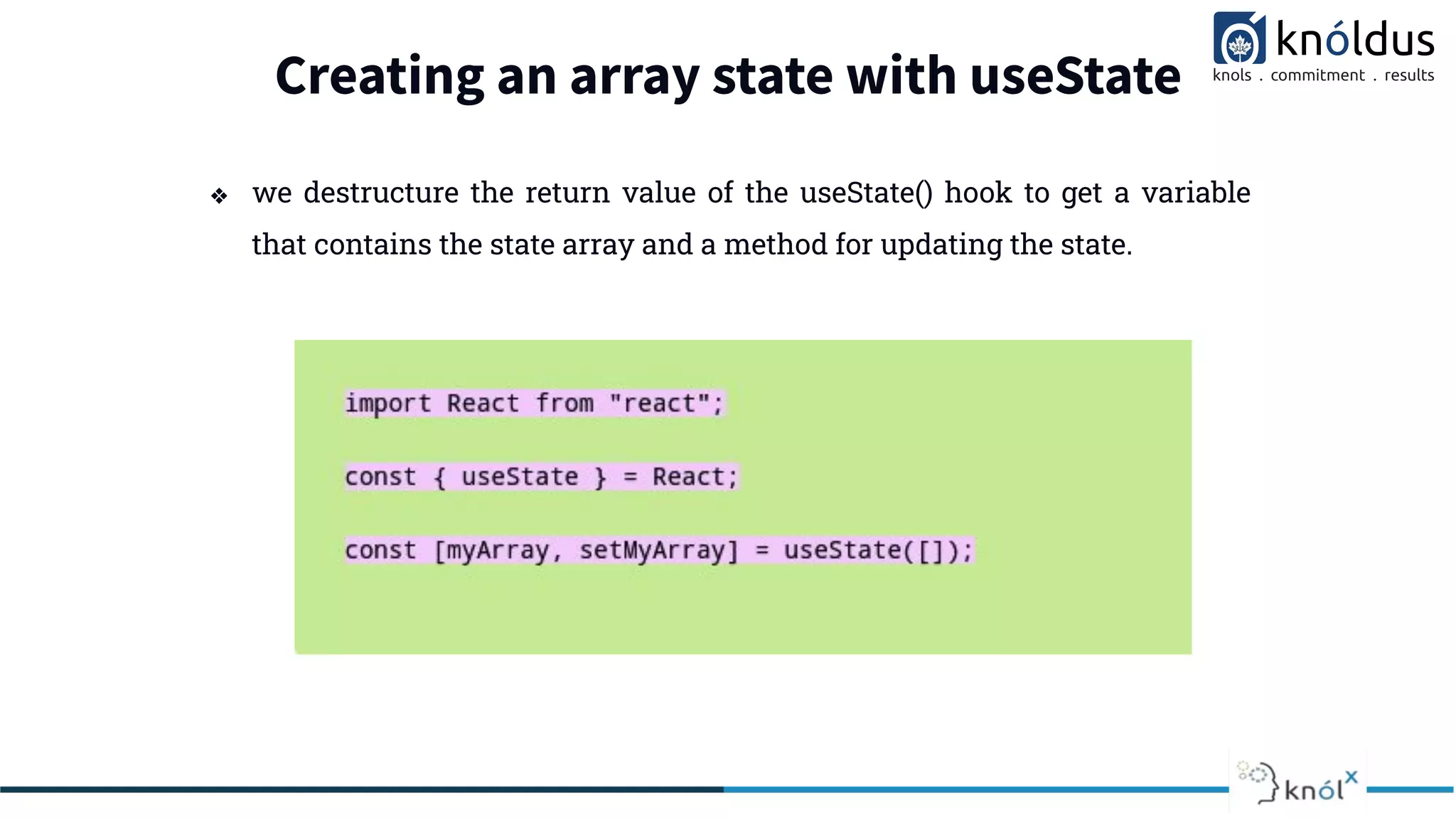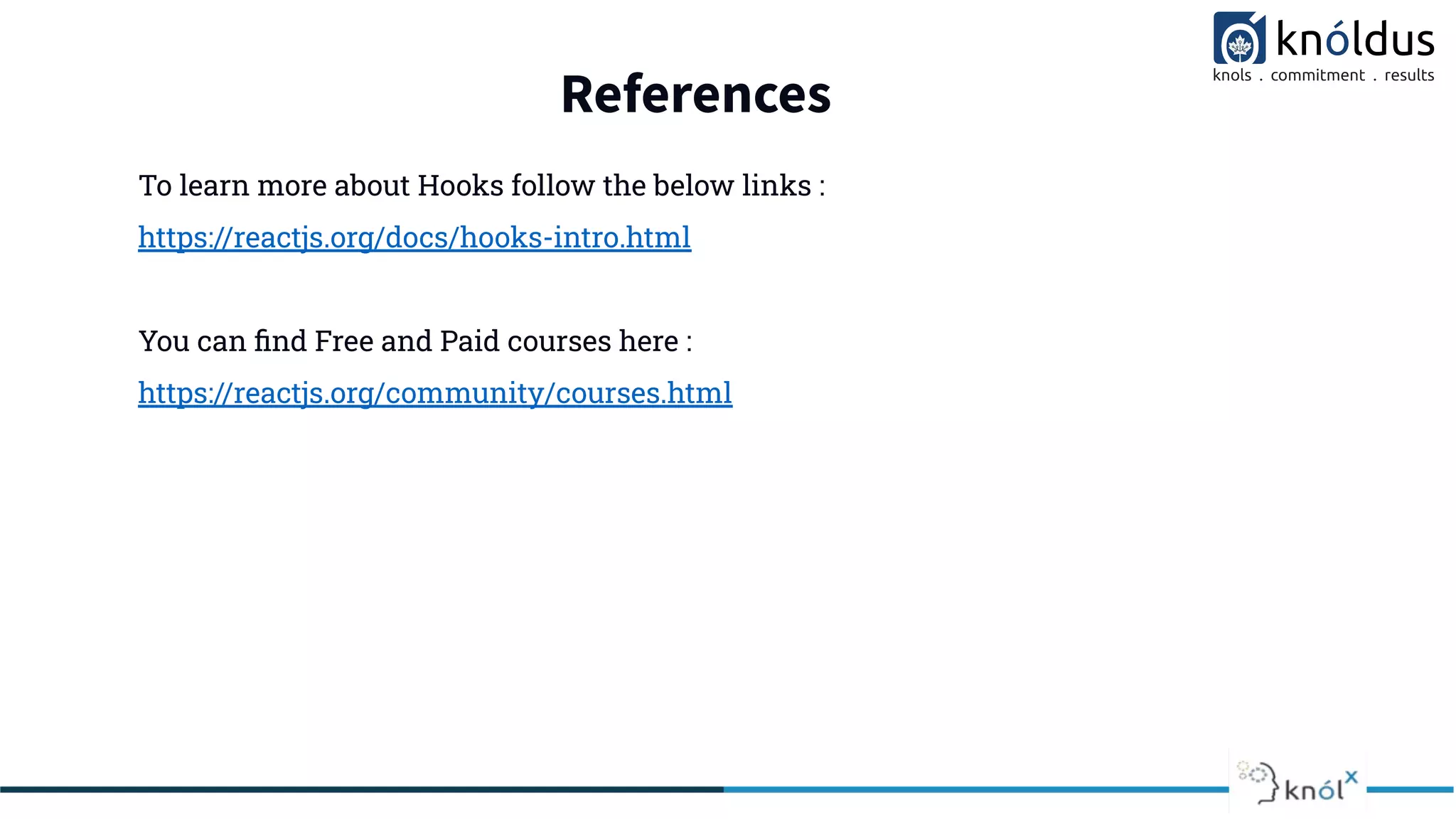The document is a presentation on the basics of React Hooks, covering etiquette for sessions, an overview of React, and the introduction and motivation behind using Hooks. It discusses the reasons for the introduction of Hooks, types of Hooks, rules for using Hooks, and includes specific details about the useState Hook and how to implement it. Additionally, it provides references for further learning about Hooks and React.

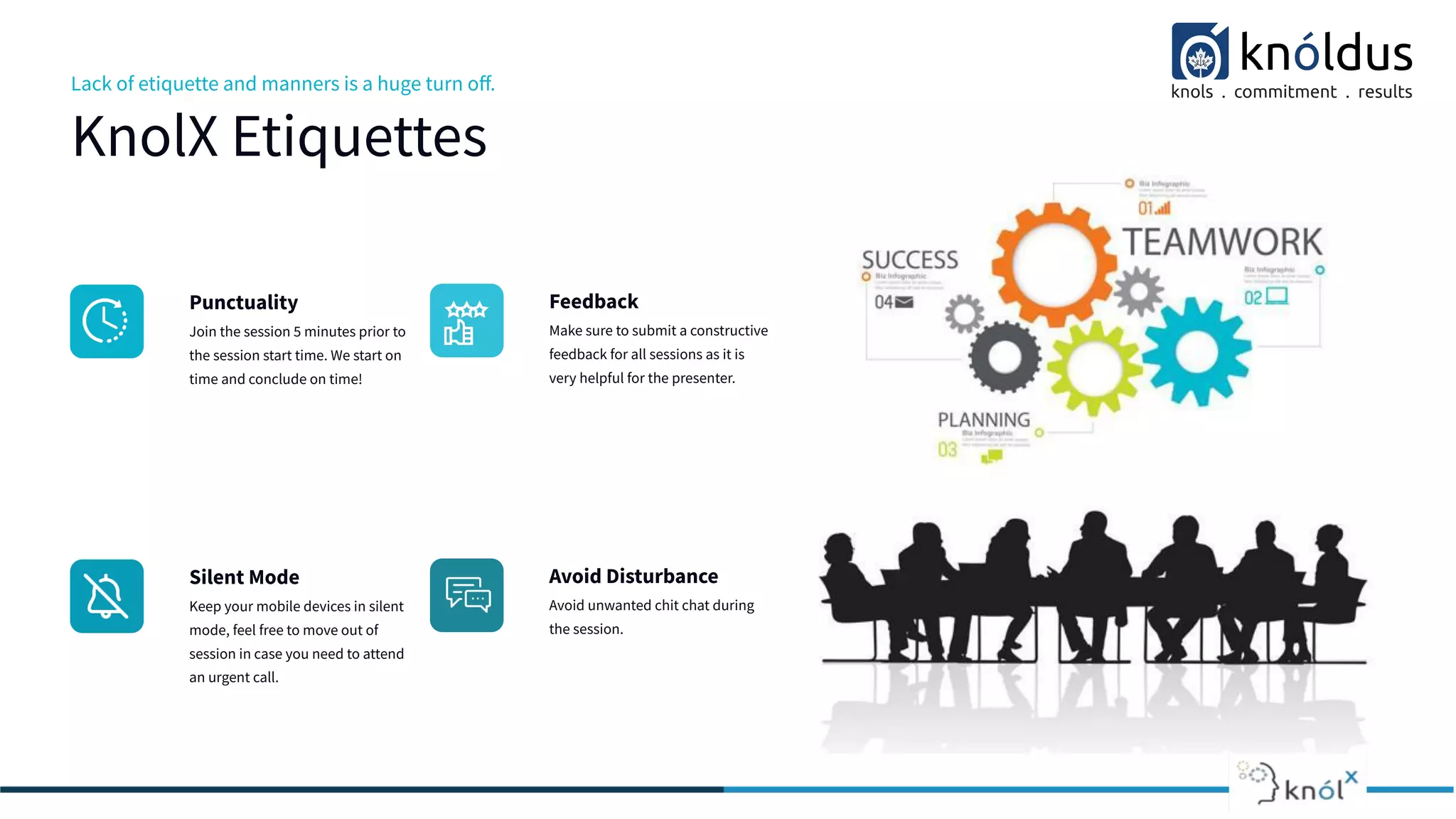
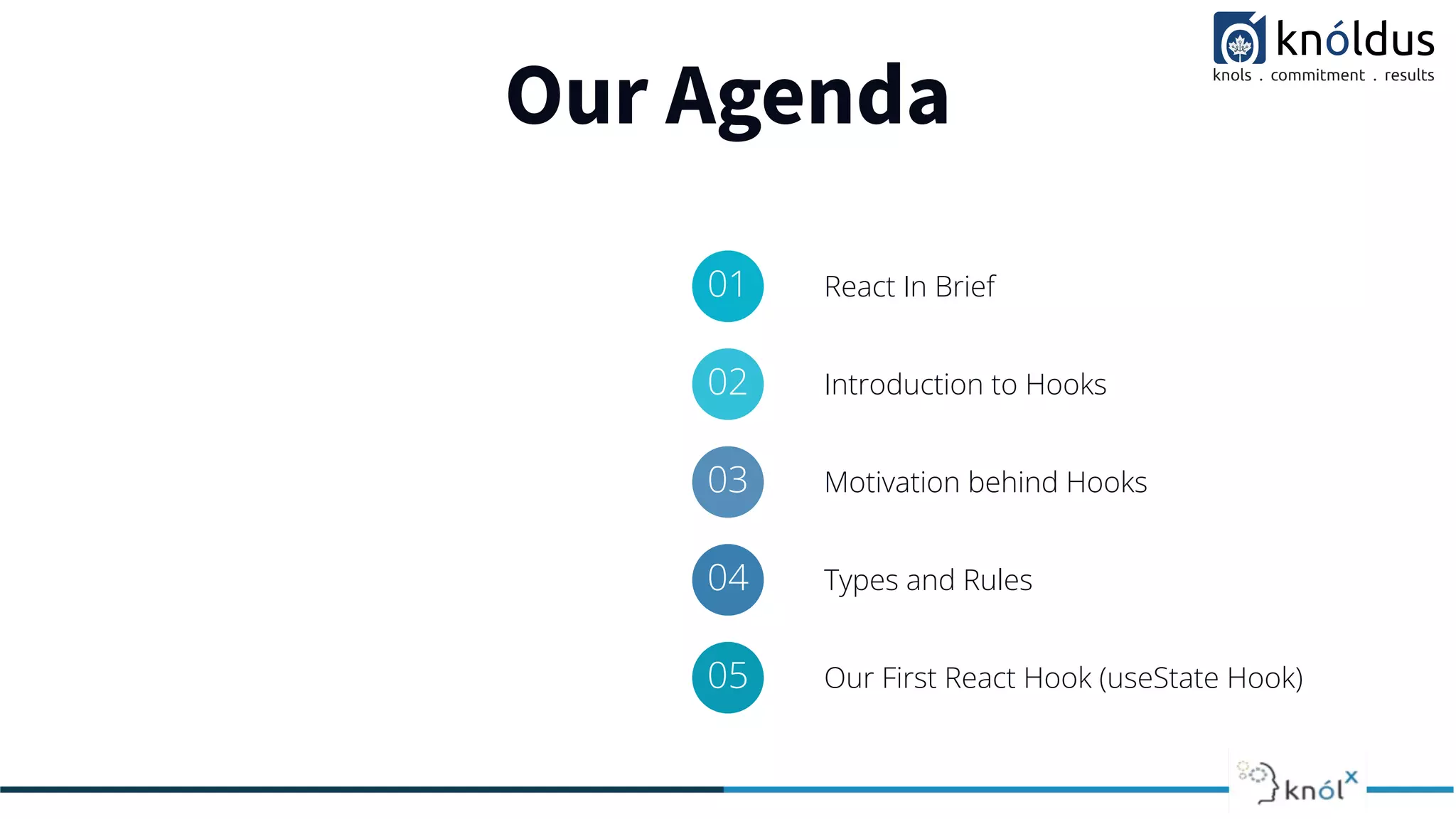
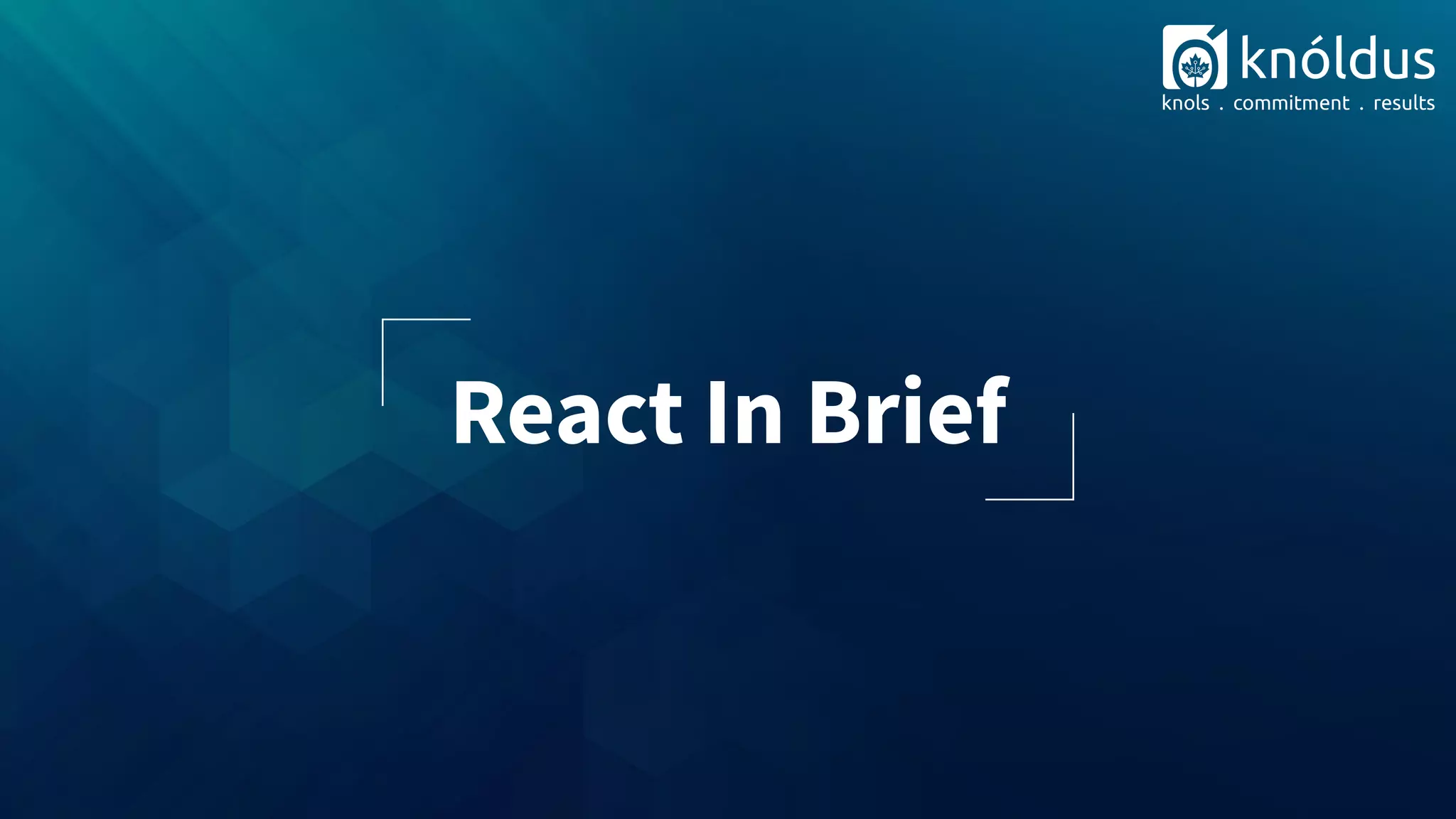
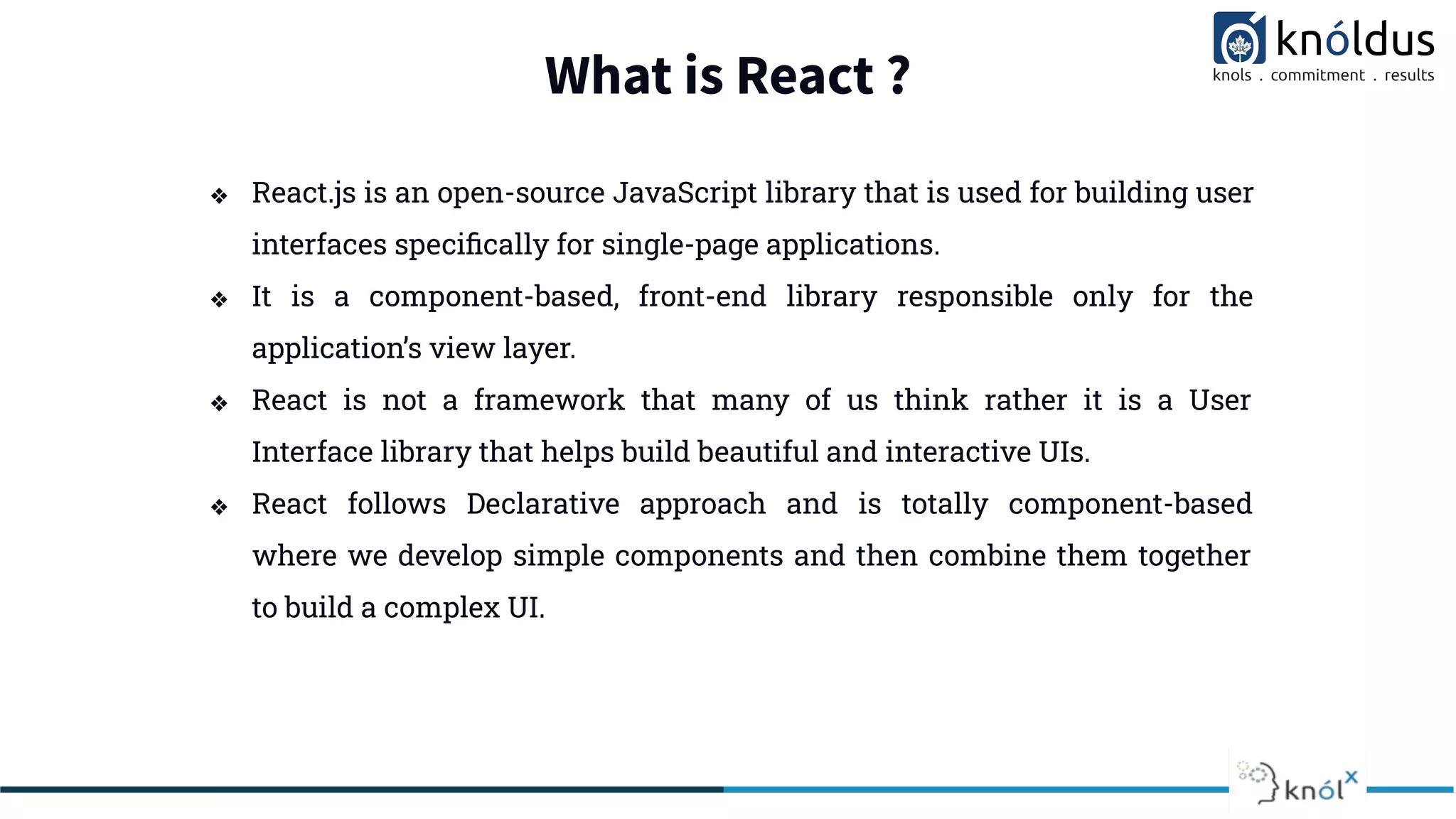
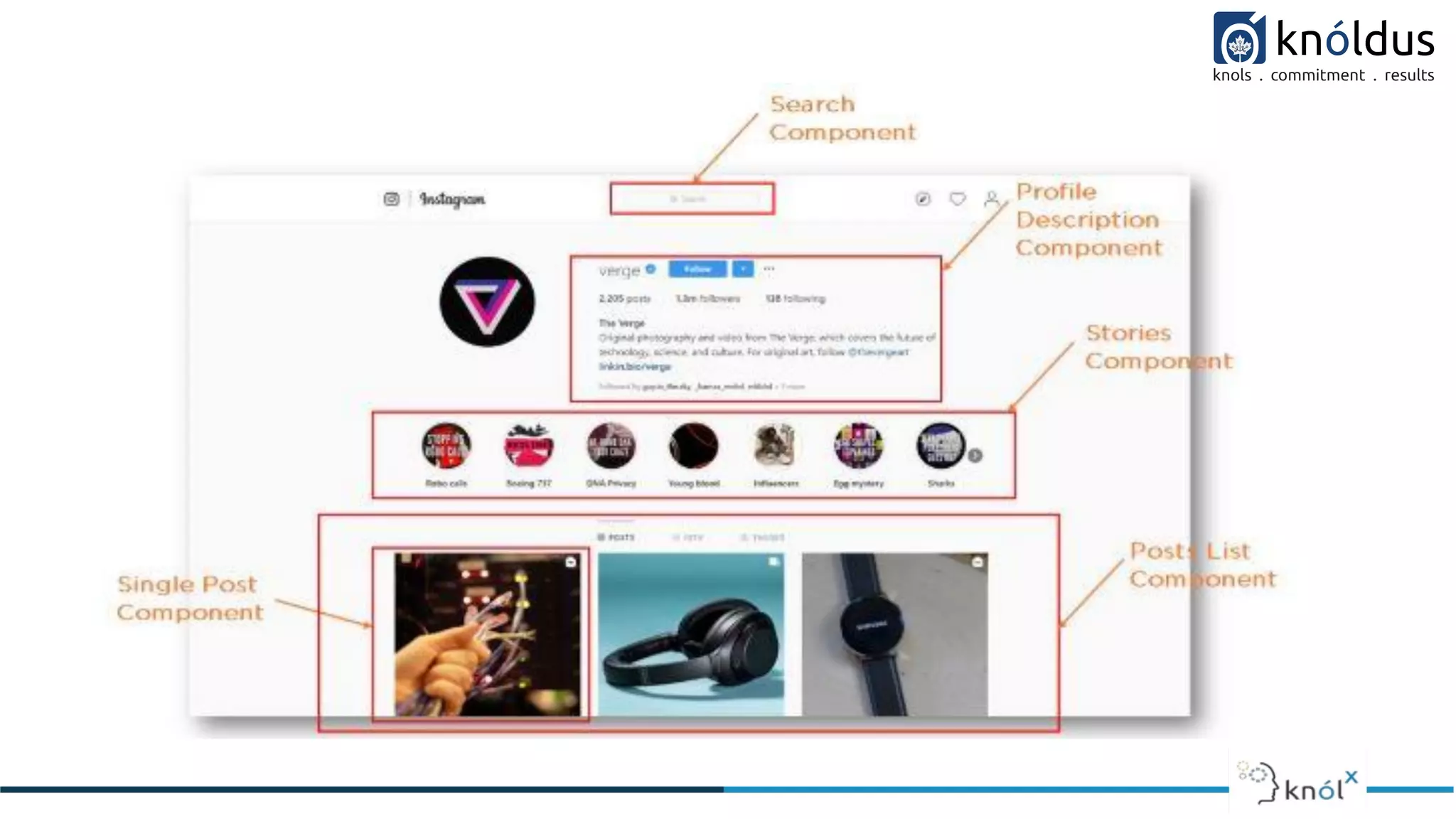
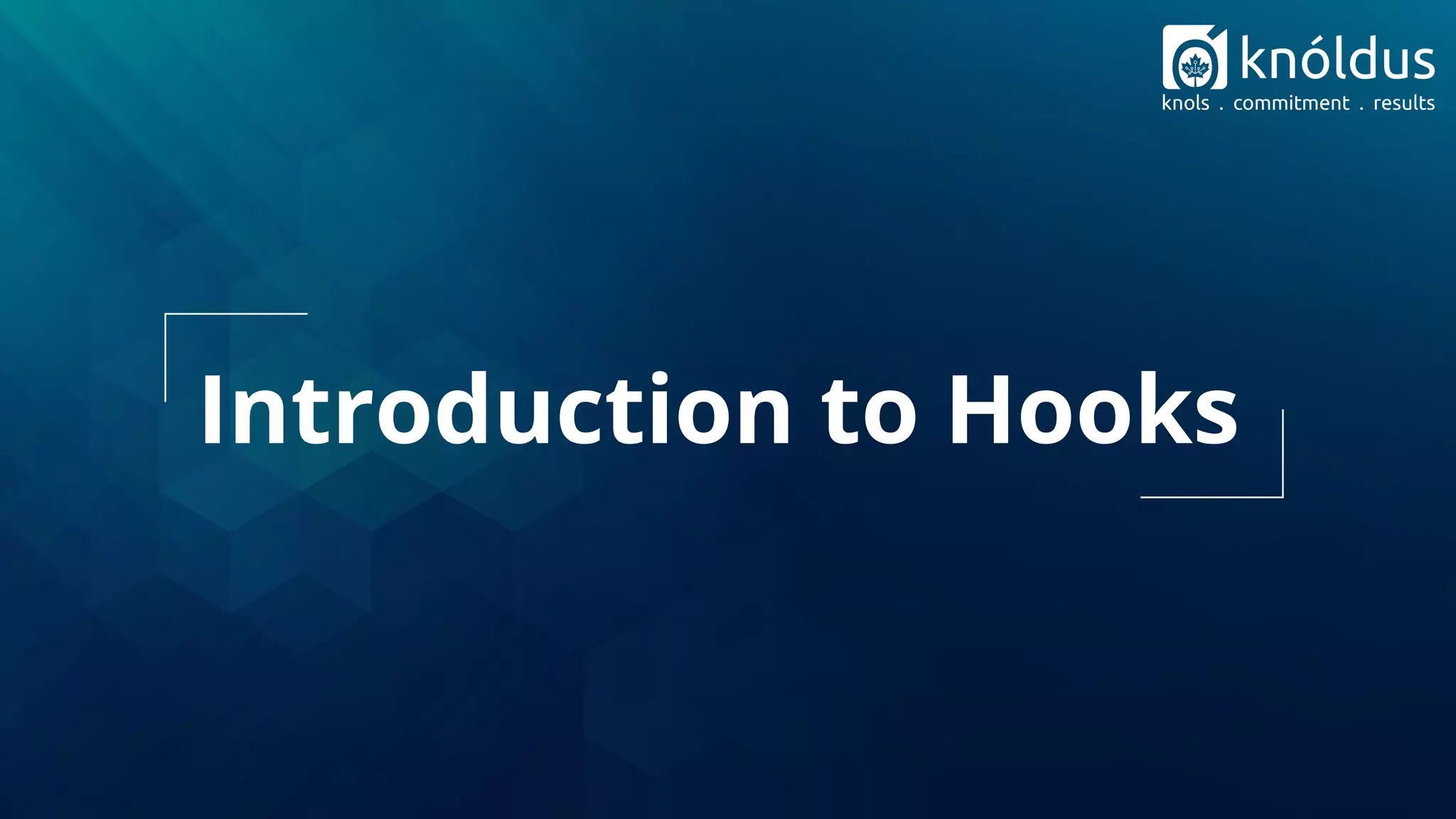
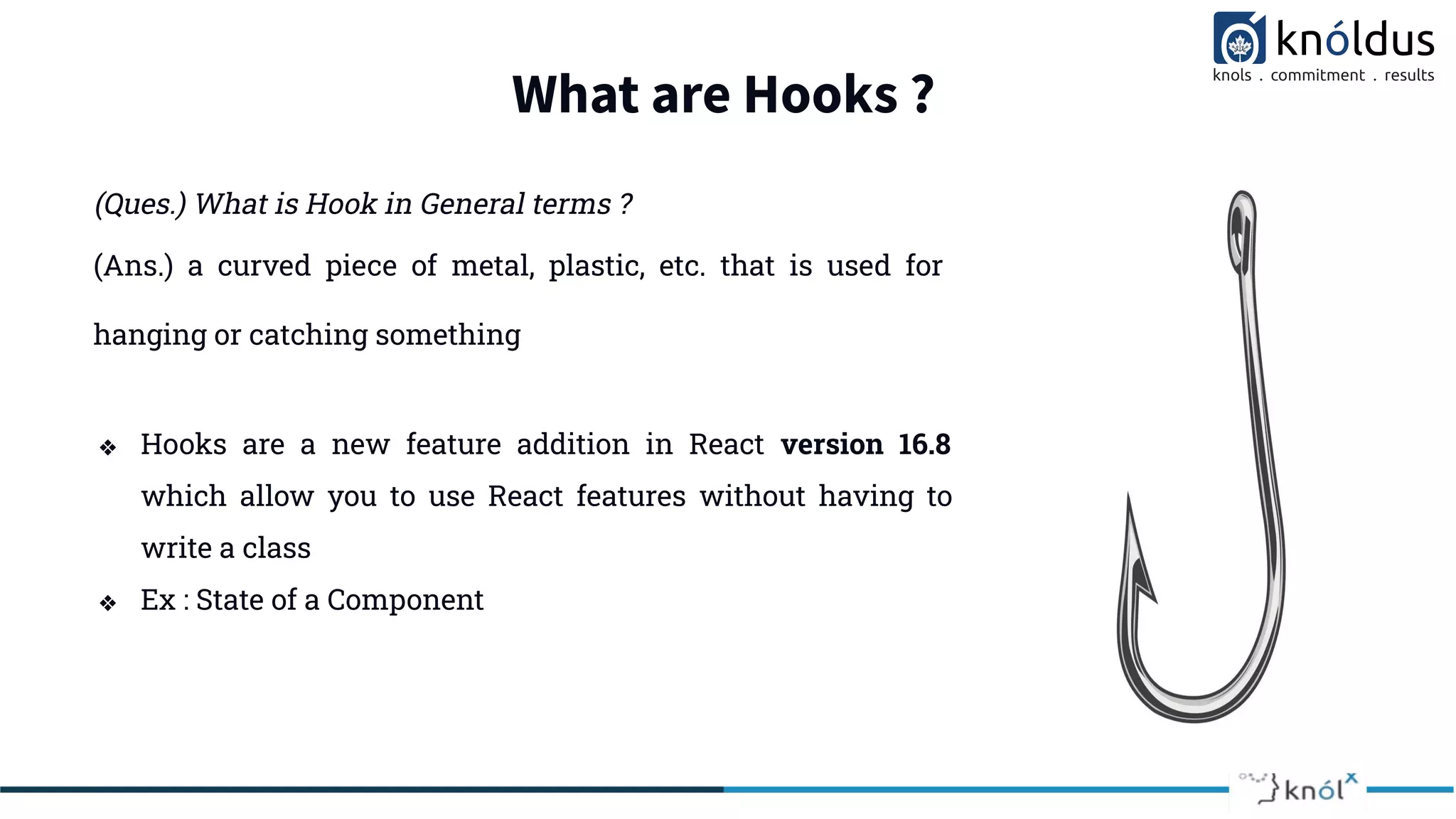
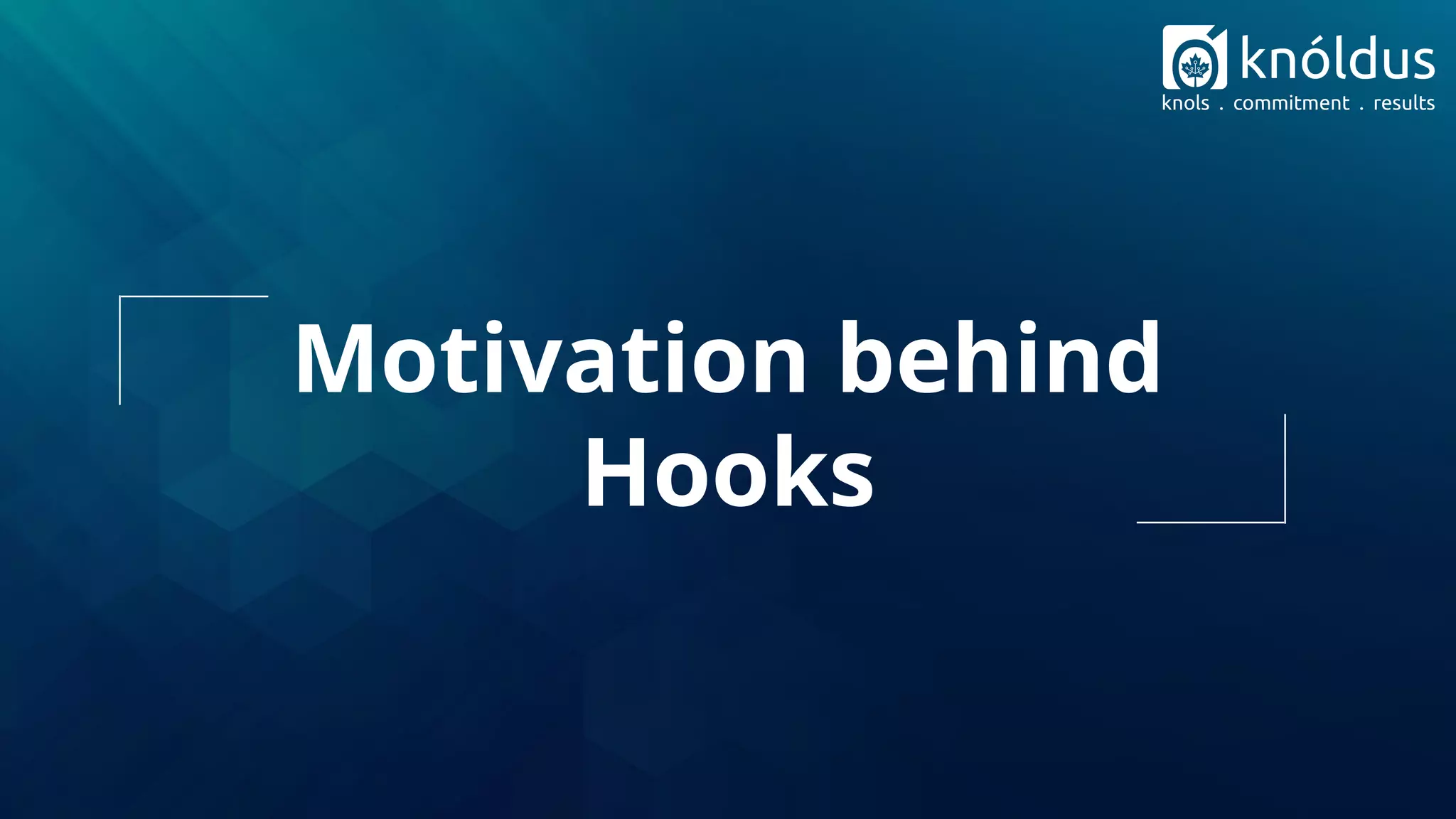
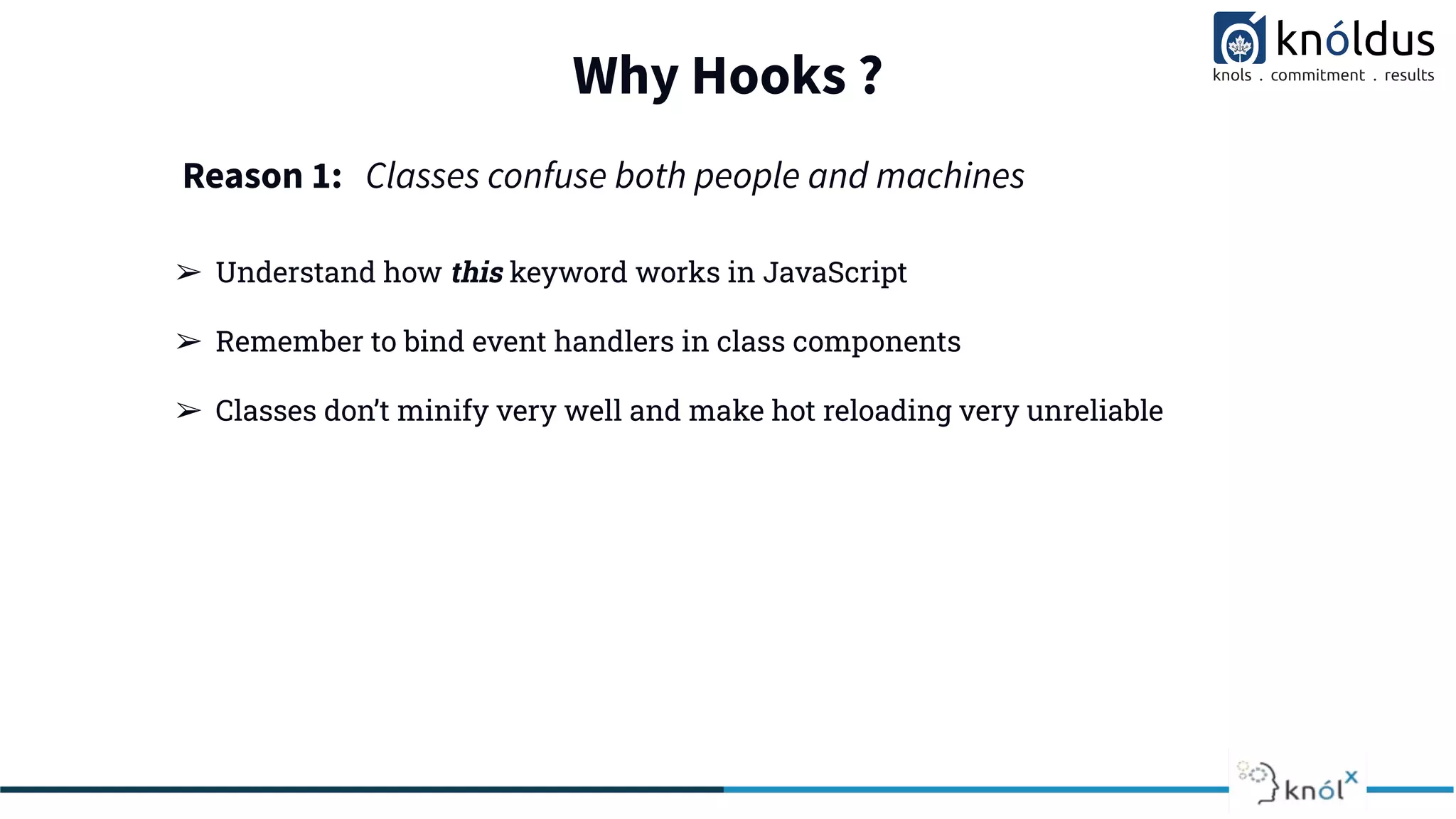
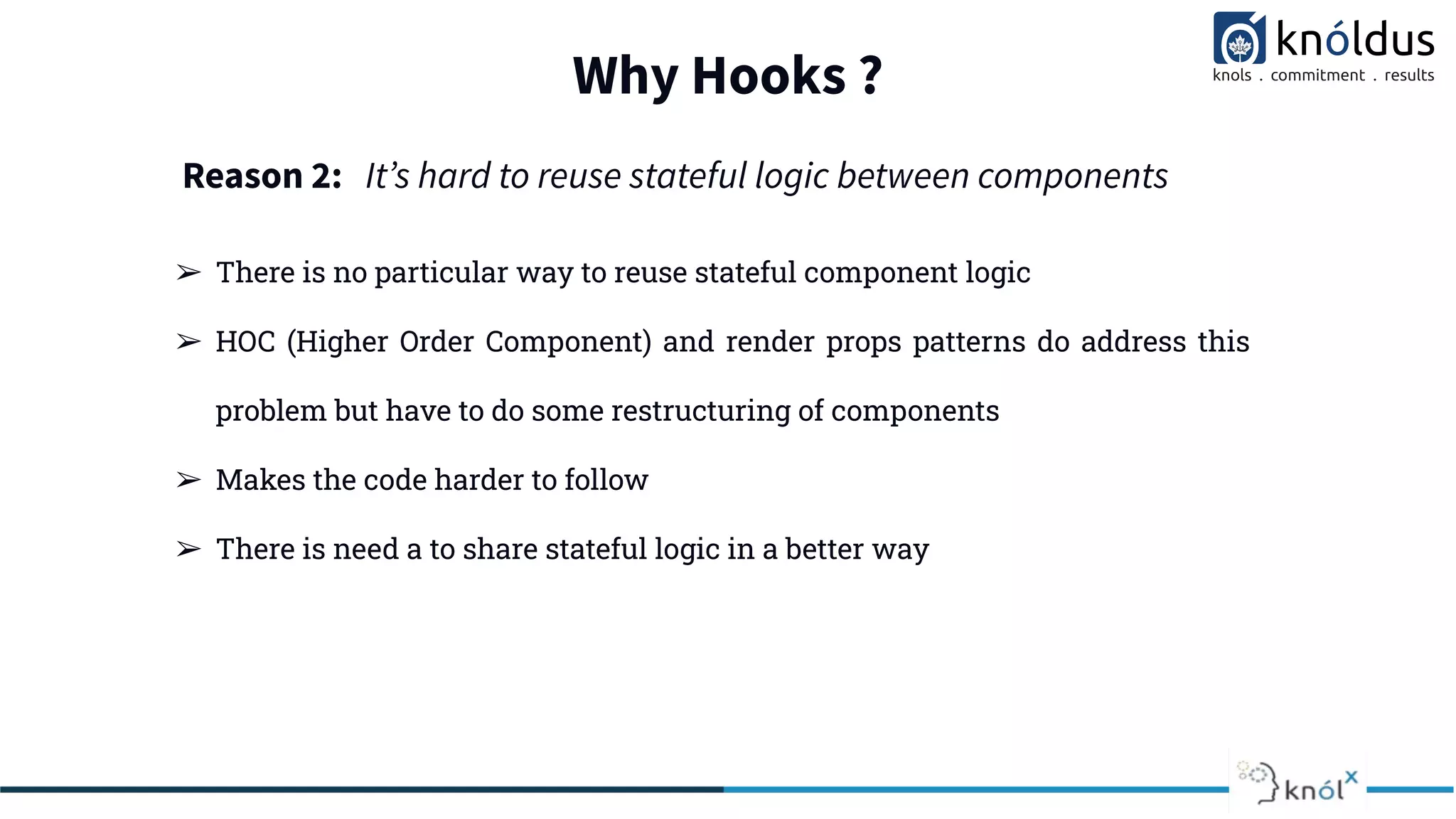
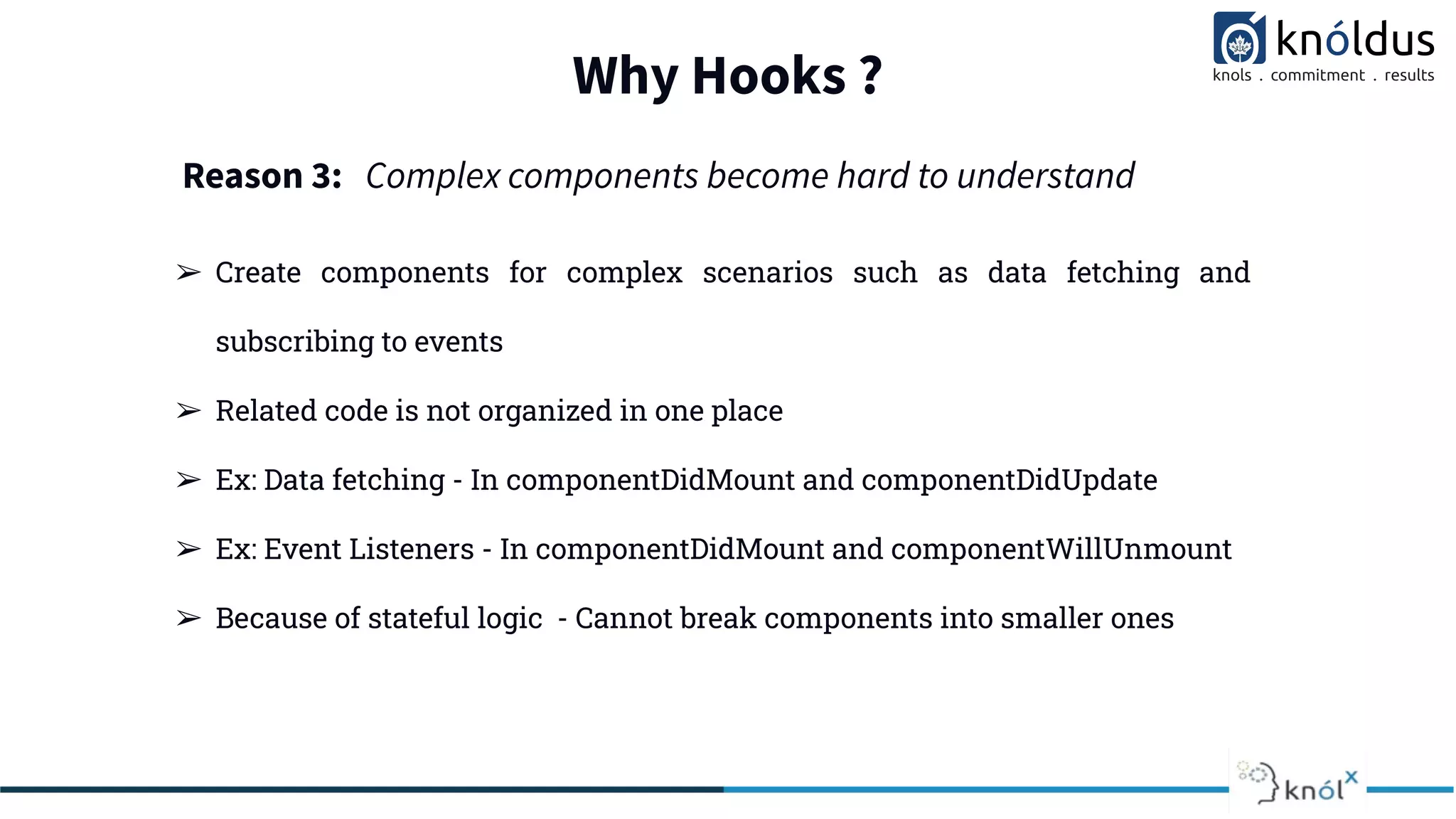
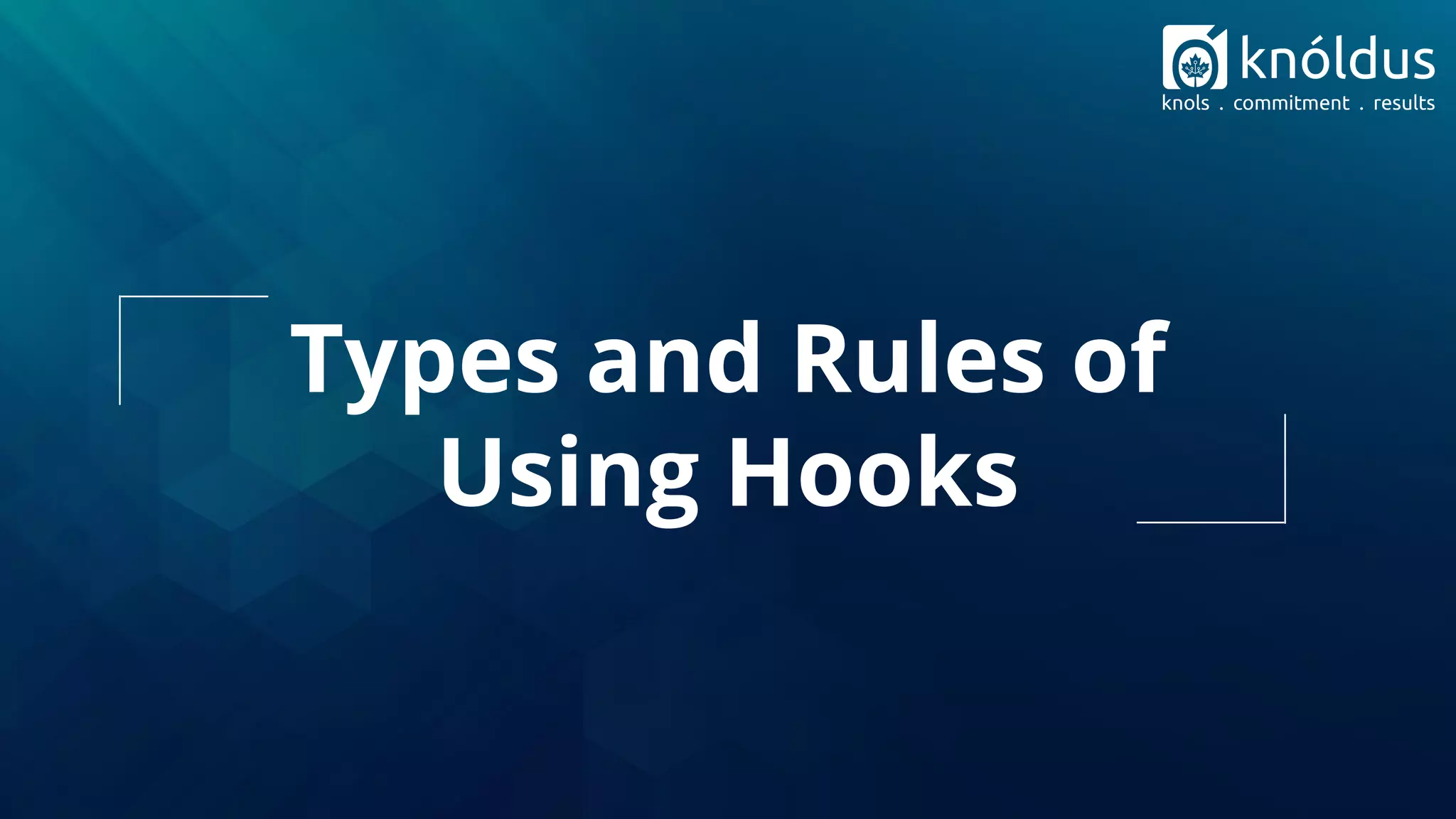
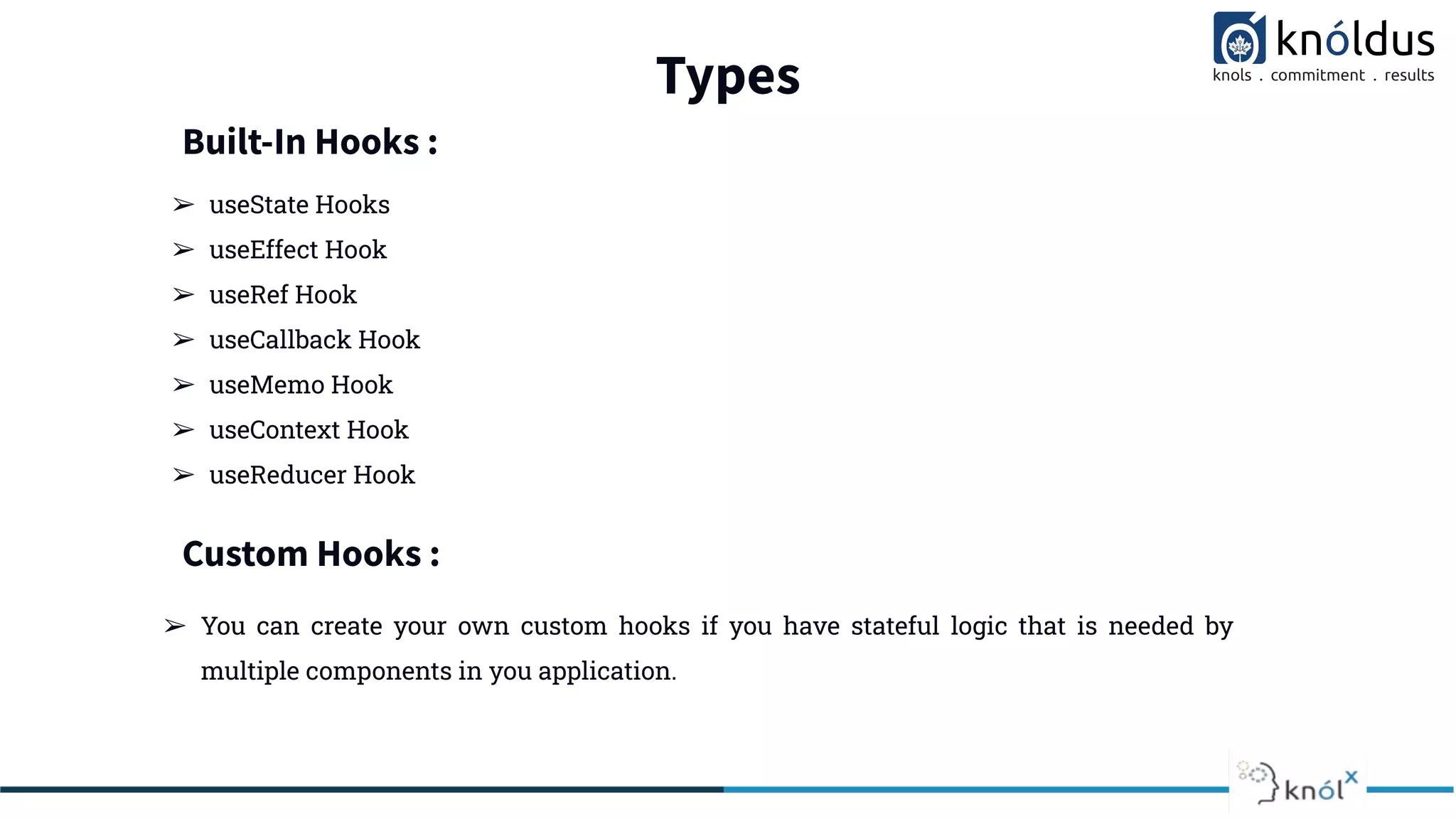
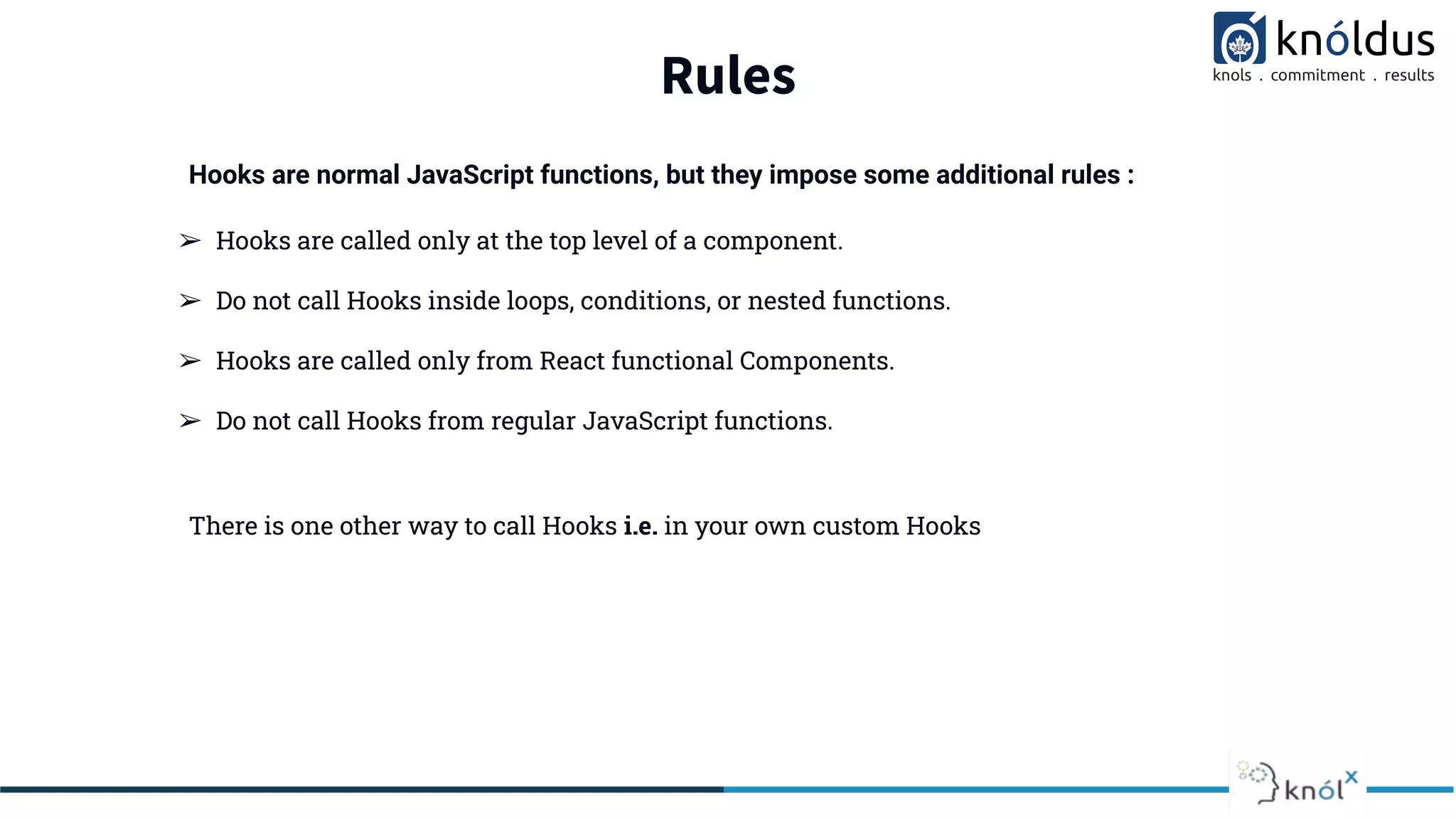

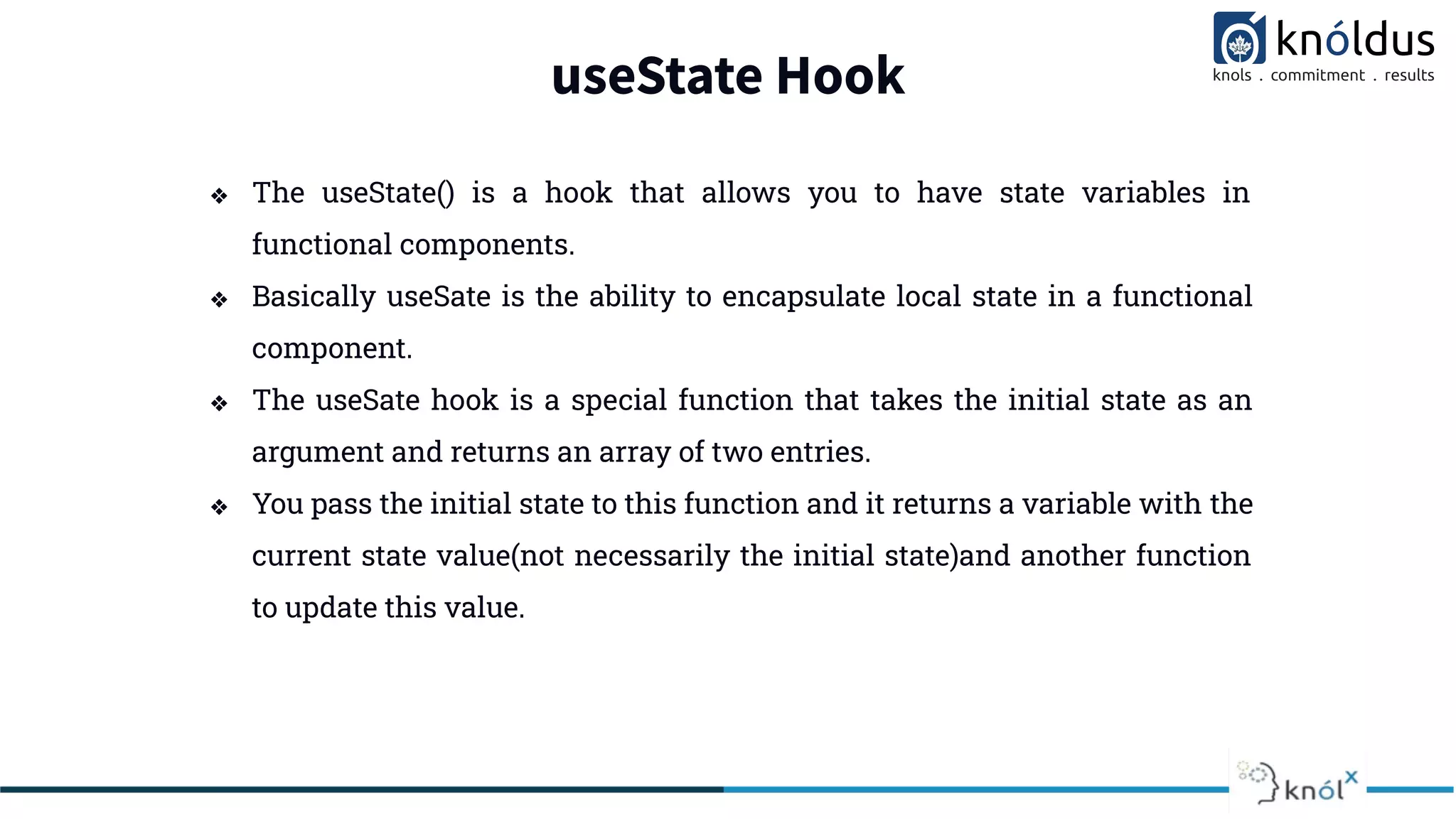
![How to implement useState()
Import useState() :-
❖ To use the useState hook, we first need to import it into our component.
import { useState } from “react”;
Initialize useState() :-
❖ useState accepts an initial state and returns two values
➢ The current state
➢ A function that updates the state.
function FavoriteColor() {
const [ color, setColor ] = useState(“ ”);](https://image.slidesharecdn.com/basicsofreacthooks-220920052939-3edbf7db/75/Basics-of-React-Hooks-pptx-pdf-18-2048.jpg)
